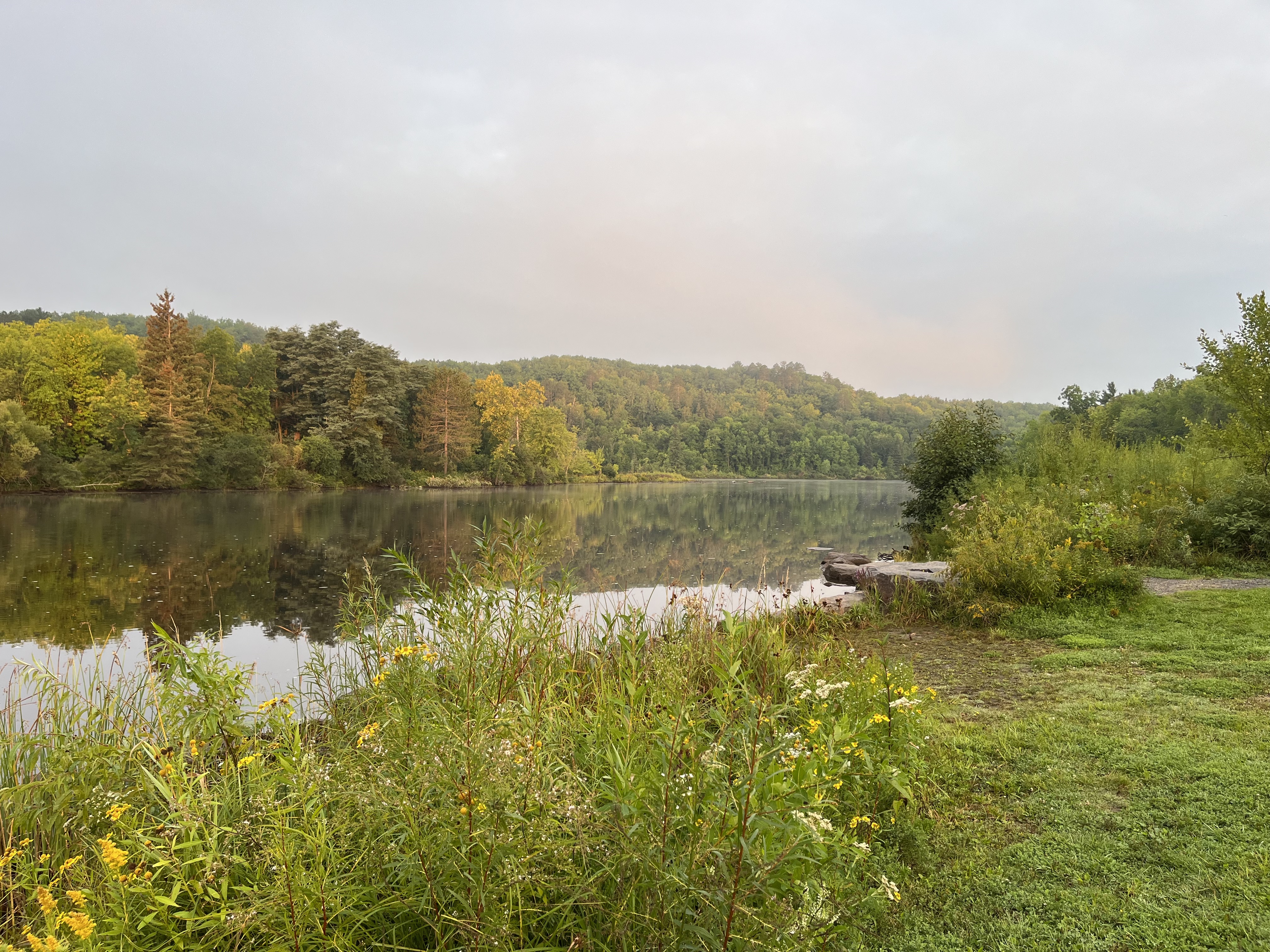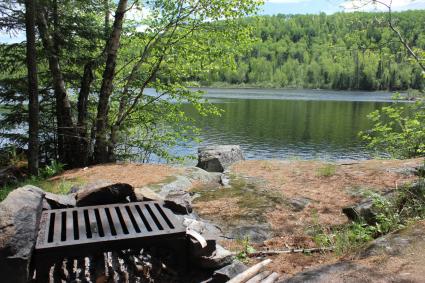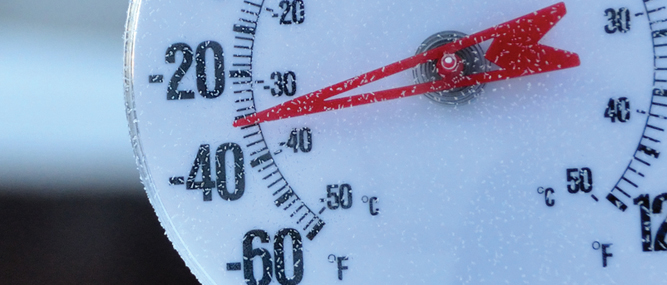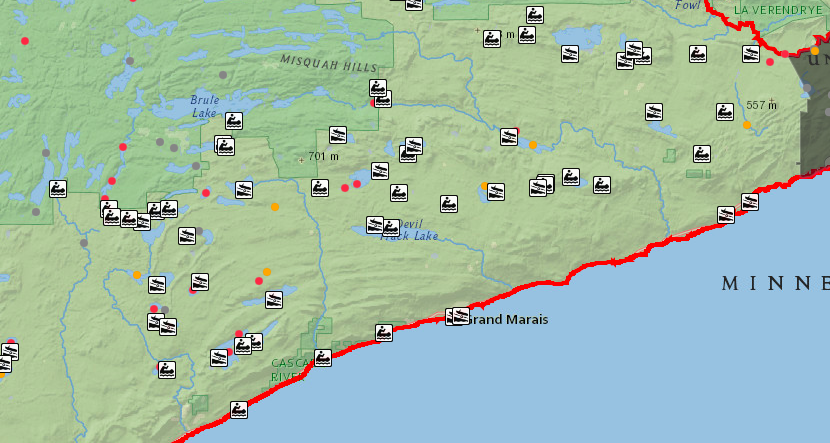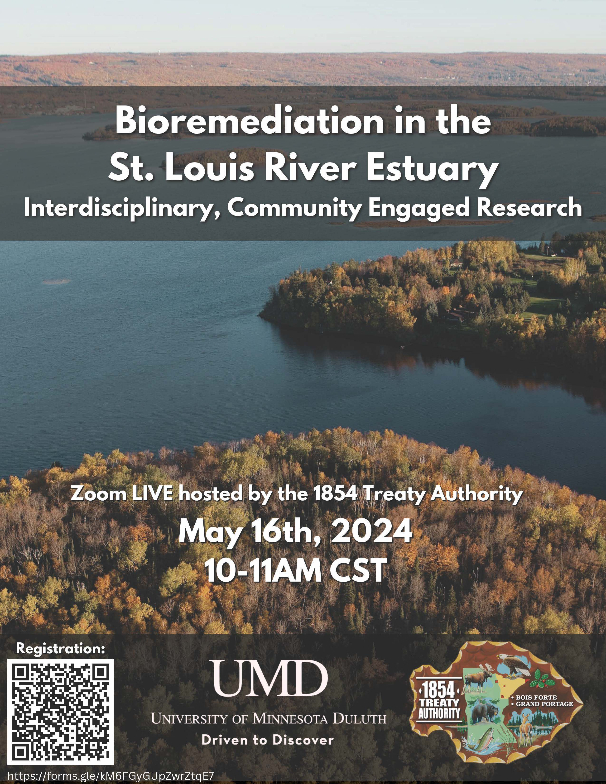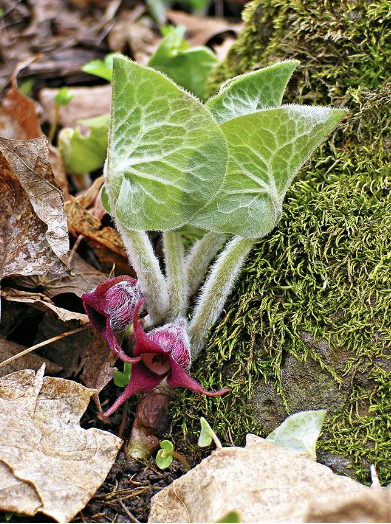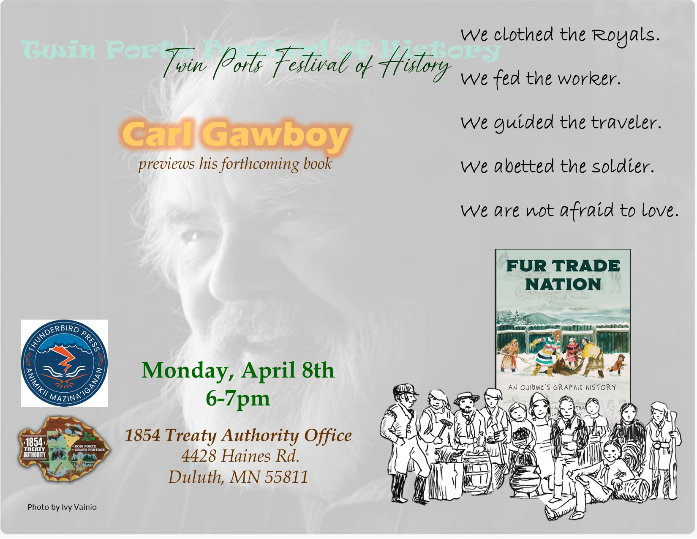In autumn every year 1854 Treaty Authority coordinates a small mammal survey. The purpose of the survey is to monitor trends in annual abundance of small animals like mice, voles, and shrews that are important in the diets of predators like fisher, pine marten and owls. A number of cooperators ranging from other natural resource management agencies to schools and private individuals participate in collecting information on small mammal abundance across Northern Minnesota. Sixty traps, baited with peanut butter, are set across three transects consisting of ten stations each (2 traps per station). Traps are checked for two consecutive days, and every capture is identified and counted.
How the Data is Used
An abundance index is created by calculating the average catch rates for each species. This abundance index can be compared to abundance information for furbearers like fisher and pine marten. There appears to be fairly good correlation between years of abundant small mammals in the woods and good numbers of juvenile fisher and pine marten in the fall trapping harvest, highlighting the importance of a good prey base to these furbearer species.
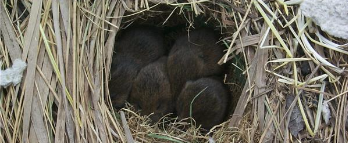
You must be sneaky biologist to find a nest of Red-backed voles! Females can have 2 to 3 litters a year, and litter size ranges from 3 to 7 young.



